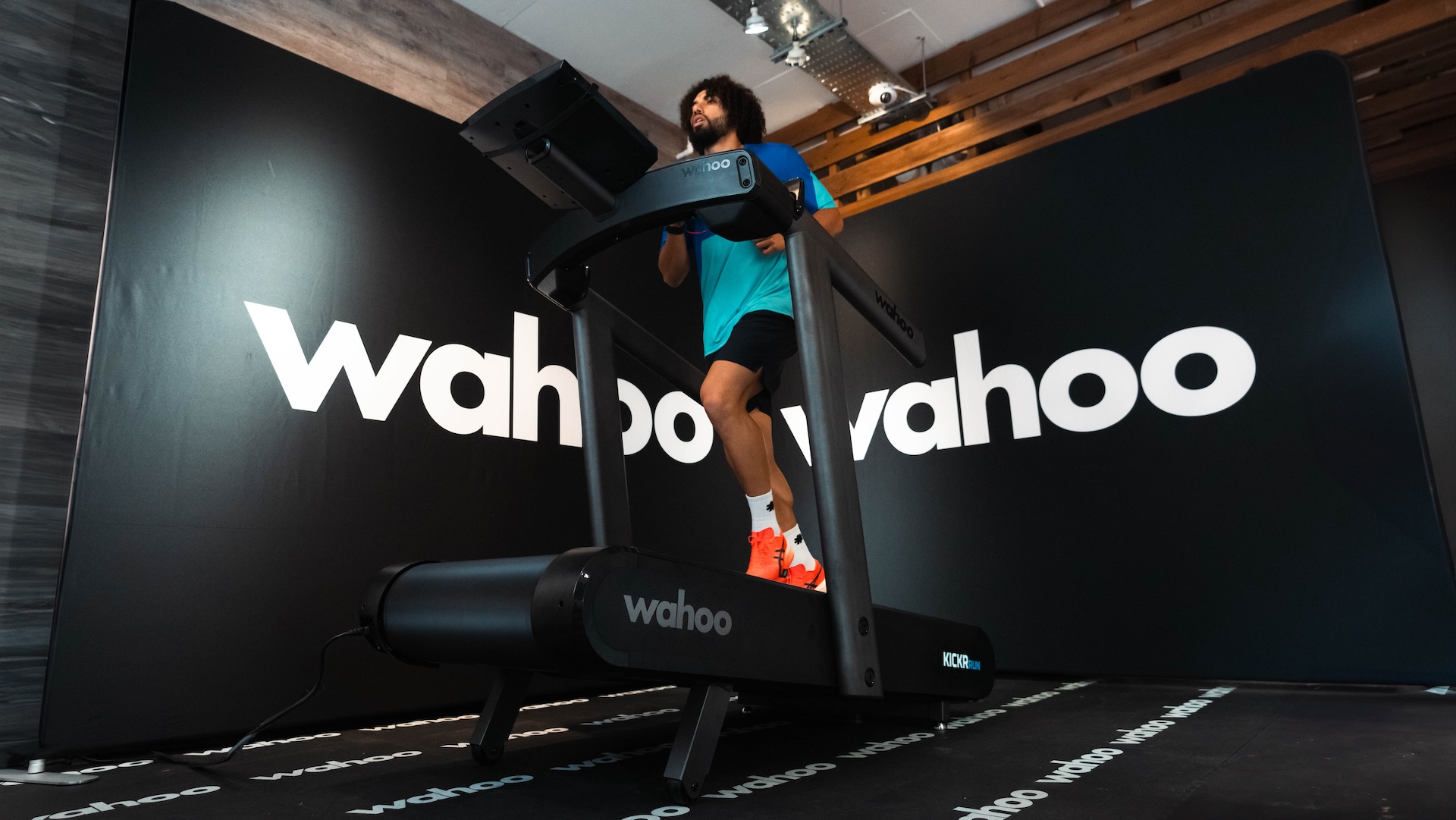The Anatomy of Running Shoes

From your heel (counter) to your toe (box), this is every part of a running shoe that you need to know about!
OUTSOLE
The very bottom layer of a shoe. On road shoes this is typically made from rubber to give traction and durability (by protecting the softer midsole foam). Each brand favours different patterns on their outsoles, with groves to allow flexibility and movement. The shoe’s purpose will also determine the outsole design: carbon plate shoes tend to be minimal, while trail running shoes will have deeper LUGS on the outsole, and may also be made from an extra grippy material like Vibram.
INSOLE
This is what your foot directly touches inside the shoe. It’s typically a removable piece of foam and it provides a layer of comfort above the midsole. It’s possible to get custom insoles and orthotics to replace the standard insoles in running shoes, and these can give more support or help relieve pain or discomfort for those who suffer from it.
MIDSOLE
This is the big stack of foam underneath your foot. It sits between the insole and the outsole, and the midsole provides all the support and cushioning in a running shoe, plus shock absorption and energy return. There are different types of foam which can be used and each brand has their own midsole foams, often a regular or comfort foam, and a performance foam (like New Balance’s Fresh Foam and Fuelcell).
The CUSHIONING in a shoe is typically related to the amount of midsole foam. Daily trainers and max-cushioned shoes are big and soft. Lightweight shoes are closer to the ground. Barefoot shoes have very little midsole. STABILITY shoes may have additional structure, like a medial post on the inside of the foot, built into the midsole to provide extra stability to your feet.
CARBON PLATE OR ROCK PLATE
A carbon plate running shoe will have a thin but very firm plate sandwiched between the midsole foam. Some brands also have plates made from other materials, like nylon or TPU (Thermoplastic Polyurethane). Some trail shoes have a ROCK PLATE which also sits in the midsole foam and is there to protect your feet if you stand on hard or sharp rocks.
STACK HEIGHT
The height of the shoe at the heel. When measuring a shoe’s DROP or OFFSET, you measure the height at the heel and height at the forefoot, and the difference equals the drop. A shoe with 36mm in the heel and 30mm in the forefoot, has a 6mm drop. A ZERO DROP shoe has the same height at the heel and forefoot.

UPPER
Everything that wraps around the top of the running shoe. It’s the part that looks nice but it also helps keep your foot in place. Uppers are typically KNIT or MESH. Knit uppers have some stretch to them and they are comfortable, but can be warmer than mesh uppers. Mesh uppers are made from nylon or polyester and they are strong, light, breathable, but less flexible – most racing shoes and trail shoes have mesh uppers. GORE-TEX can be used to provide a waterproof membrane layer in the shoe’s upper.
MIDFOOT
This covers everything that wraps around the top of your foot, so think of it as the area from the ankle to the end of the laces, including the medial arch (that’s the one on the inside). This area can be a common one from rubbing or tightness in shoes, so ensure it’s a good fit for you.
OVERLAYS
These are design aspects which are on the upper. This could be branding like swooshes or stripes, could be there for additional support in certain areas, or could be reflective overlays for running at night.
TOE BOX
The whole front section of the shoe, where your toes go. The toe box could be narrow, normal, wide or foot-shaped. The height of the toe box determines how much your toes can lift inside the shoe – some runners who lift their toes while running will want a toe box with greater volume to prevent discomfort.
Some trail shoes feature a TOE BUMPER at the end of the shoe to protect your toes against rocks or roots.
LACES
These tie the shoes together. Laces could be flat or round, while some racing shoes have more notched laces which have much better grip so they’re less likely to loosen or come undone in a race. Some trail shoes have BOA laces or toggles which are fastened instead of tying. The LACE EYELETS run alongside the tongue and allow you to adjust the laces to suit your feet.
TONGUE
This sits over the top of the foot and under the laces. Some are very thin, while others are thick and soft. There are different types of tongue fitting: a GUSSETED TONGUE is fully attached to both sides of the shoe’s upper (good for trail shoes to help protect against debris); a SEMI-GUSSETED TONGUE is partly attached, either just on one side of the tongue, or part-way up each side; a NON-GUSSETED TONGUE is not attached to the sides of the upper, so could potentially move around in the shoe (it’s attached at the base of the tongue) – many racing shoes are non-gusseted as it saves weight.
COLLAR
This wraps around the shoe’s opening and provides comfort and support by helping to keep your foot secure and in place.
HEEL COUNTER
The back section of the shoe. It’s there to help with stability and structure. Some racing shoes have a very light heel counter, whereas max-cushioned and daily trainers tend to have more material to help lock in the heel when you tie the laces. Some shoes (often trail shoes) come with a heel pull tab to help you get the shoe on and off.




























Running News
Could Shanghai Marathon Become A World Marathon Major?
Mengesha and Ketema Win The 2024 Berlin Marathon
ATHLOS 2024: An Incredible Night Of Women’s Track Racing in NYC